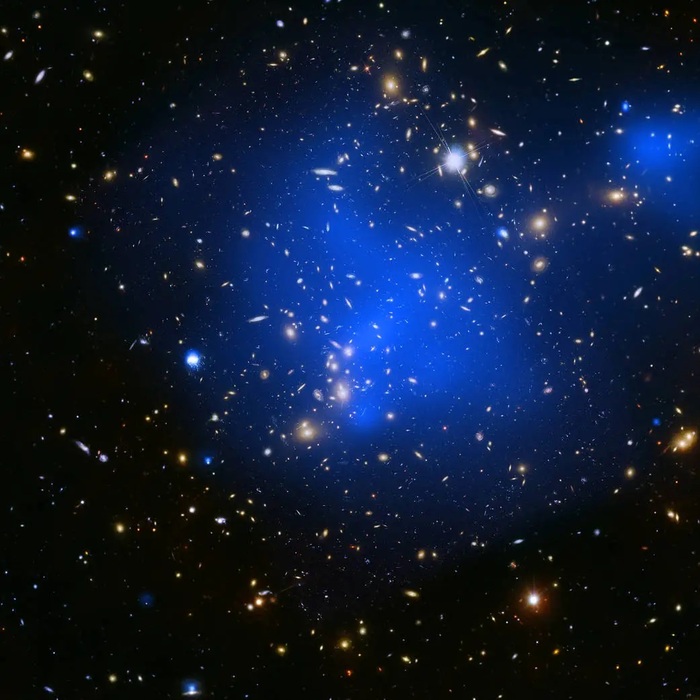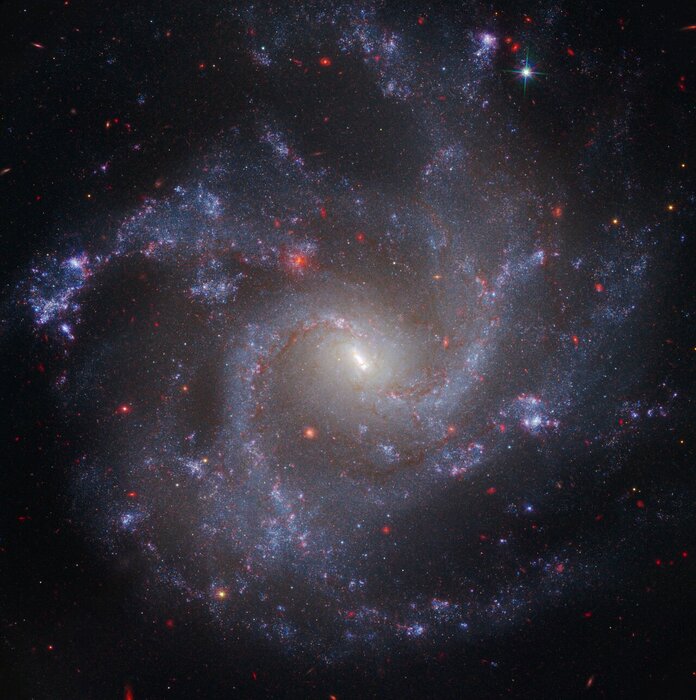The European LOFAR radio telescope on Wednesday revealed images of unprecedented precision of tens of thousands of galaxies.
They form stars in the so-called "young" Universe.
This is the second delivery of data from this network of 70,000 antennas, spread over ten European countries.
They observe particles moving at a speed close to light (around 300,000 meters per second), accelerated by events such as star explosions, collisions of galaxy clusters or the activity of black holes.
LOFAR studies the Universe to distances, and therefore to ages, when he was still young.
It uses a signal emitted by the most distant detected objects, when the Universe was only a billion years old.
"It's really the fireworks"
"The scientific heart of the project is the study of the formation of galaxies and the functioning of black holes in their centers", explains astronomer Cyril Tasse, of the Paris-PSL Observatory.
He is one of the authors of the 14 studies devoted to this unpublished LOFAR dataset, collected in a special issue of the journal Astronomy and Astrophysics.
The telescope focused on a wide field of the northern sky, to the north, with the equivalent of an exposure time ten times longer than that which allowed the delivery of its first cosmic map, in 2019. “This gives much finer results, like a photo taken in the dark, where the longer you pose, the more you can distinguish things ”that are difficult to see, specifies Cyril Tasse.
Around 3 billion years after the Big Bang, the formation of the universe, "it's really fireworks", with a "peak of star formation and black hole activity" in young galaxies , he adds.
LOFAR observes it indirectly, by detecting cosmic radiation (the energy released by the galaxy) which is accelerated by supernovas, those stars which explode when they die.
"When a galaxy forms stars, lots of stars explode at the same time, which accelerates the particles at very high energy, and the galaxies begin to radiate" in this range of radio waves observed by LOFAR, explains the astronomer .
Morning essentials newsletter
A tour of the news to start the day
Subscribe to the newsletterAll newsletters
These data, coupled with those collected by other means of observing the sky (optical or in the ranges of X or infrared radiation) should make it possible to better understand the evolution of the Universe.








/cloudfront-eu-central-1.images.arcpublishing.com/prisa/TLOGC4IFG5GZJJ6OKJM6JOLVU4.tif)






